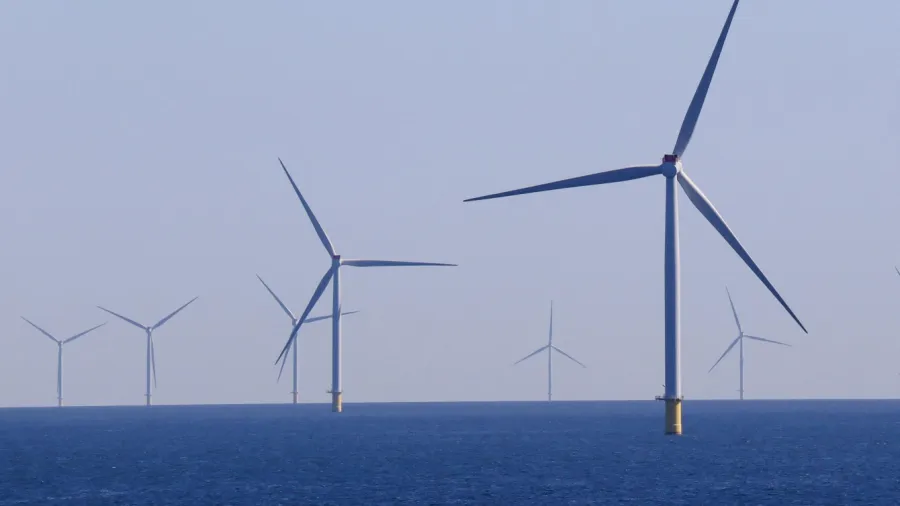
Asia-Pacific region told to harness offshore wind
The growth potential of wind farms at sea could expand fourfold by 2030.
Countries in the Asia-Pacific region (APAC) should unlock their offshore wind potential on top of onshore power generation as part of their net zero targets, amidst rising demand, energy analysts said.
“If countries are going to continue their decarbonisation strategies, offshore wind is a key part of that solution,” Grant Hauber, strategic energy finance adviser for Asia at the Institute for Energy Economics and Financial Analysis (IEEFA), told Asian Power.
The region still relies heavily on coal, which accounts for 48.9% of its energy consumption, according to data from the International Energy Agency (IEA). Oil accounted for 23.3%, while natural gas had an 11.1% share.
These countries consumed 78% of the world’s energy production last year, according to the Statistical Review of World Energy. Wood Mackenzie Ltd. expects the region to continue to account for half of global energy demand until 2050.
Hauber noted that China, a major energy market, is banking on renewable energy to meet rising demand. Clean energy accounted for 35% of Beijing’s power mix in 2023, 16% of which came from wind and solar, according to Ember data.
The country’s electricity demand grew 6.9% last year, with renewable sources providing almost half the increased requirement. “It's just a signal for the rest of Asia-Pacific that there's potential to do that,” Hauber said.
Chenyuan Diao, a senior analyst for Asia-Pacific Offshore Wind at Wood Mackenzie, cited the region’s offshore wind growth potential, which could expand fourfold by 2030 from 2023 levels.
“Floating offshore wind will contribute to growth in APAC as bottom-fixed sites become scarce and due to specific geographic conditions in many island markets, though not significantly within this decade,” she told Asian Power in a separate interview.
China, Taiwan, Japan, and South Korea are the region’s major offshore wind markets.
Yuan Ren, managing consultant for China Wind Power Research at Wood Mackenzie, said China’s onshore wind order capacity reached 64 gigawatts (GW) in the first half, while its offshore counterpart hit 6 GW, both growing 42% from a year earlier.
But the levels did not improve from the first half of 2022, when order volume reached 7.1 GW. Sea-use conflicts have affected the permitting process since 2023, hindering the offshore wind order intake, he added.
Hauber said China would continue its self-contained approach even with offshore wind development. Amongst these countries, Taiwan is leading in physical implementation, he added.
‘Markets with greater certainty’
The country’s Ministry of Economic Affairs said its offshore wind capacity reached 2.25 GW in 2023. Nearly 5 GW are expected to be connected by 2028, as Taiwan remains an important market outside China, according to S&P Global Commodity Insights’ June 2024 report.
In South Korea, several wind farms are going forward after the Offshore Wind Power Competitive Bidding Roadmap was passed in August, Hauber said.
Under the roadmap, competitive bidding for wind power projects will move from their initial window in the fourth quarter to the second quarter of each year, and the notice of additional tender will be released in the last quarter if needed.
The country will launch up to 8 GW worth of offshore wind power tenders from the second half of 2024 to the first half of 2026.
Whilst biddings in Japan remain small at 80 megawatts (MW) to 100 MW, Hauber expects some activity to start next year.
The country had 153.5 MW of offshore wind capacity at the end of 2023. The Japanese government aims to roll out 10 GW of offshore wind capacity by 2030, expanding this to 30 GW to 45 GW by 2040.
Whilst they have established operational offshore wind capacity, project development in these countries depends on government targets, regulatory frameworks, support programs, price competitiveness, and supply chain capabilities, Diao said.
“With recent headwinds in the global offshore wind sector, developers will prefer markets with greater certainty where they can secure tangible opportunities, rather than less mature markets with significant uncertainties and risks,” she added.
Hauber, meanwhile, said more work is needed in streamlining and allocating space for offshore wind. “Having pre-approved and ideally pre-studied, or at least preliminarily studied sites that are put up for auction, that's going to save a lot of time and money and reduce risk,” he said.
Hauber is optimistic about the sector’s expansion, with Taiwan possibly adding a gigawatt a year, and Japan having up to 5 GW of installed offshore wind capacity by 2030.
“The rest of Southeast Asia is going to take a little longer to get things going,” he said. “But again, once it does get going, it could be on this sort of one to one-and-a-half gigawatts a year addition pace.”

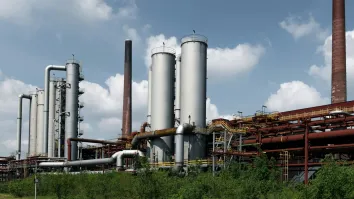
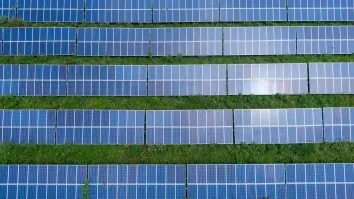
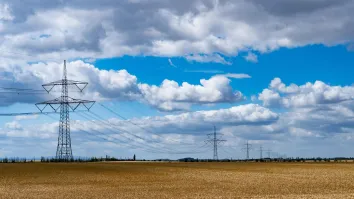
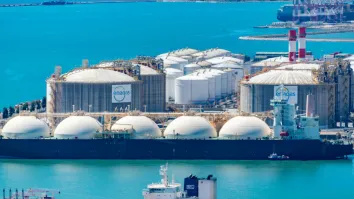












 Advertise
Advertise







